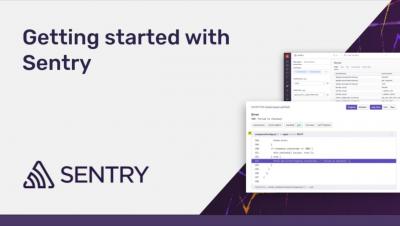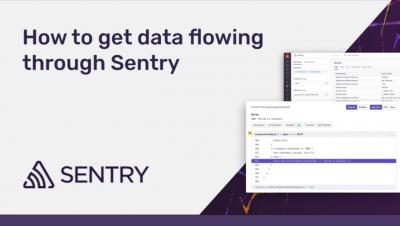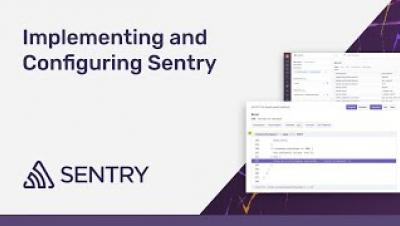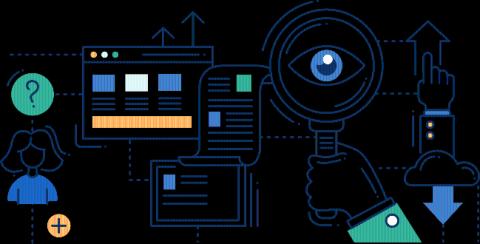Customer Story: How App Nouveau Canada Creates Specialized Software with Sentry Error Monitoring
App Nouveau is a Canadian professional services company that builds transportation management system software. As developers of highly-specialized software solutions, App Nouveau needs a robust error monitoring tool to deliver world-class code required by its commercial clients. App Nouveau recently began using Sentry to uplevel a few key areas in the code development lifecycle. Chief Technical Officer Paito Anderson and his team decided to switch to Sentry just a few months ago.











